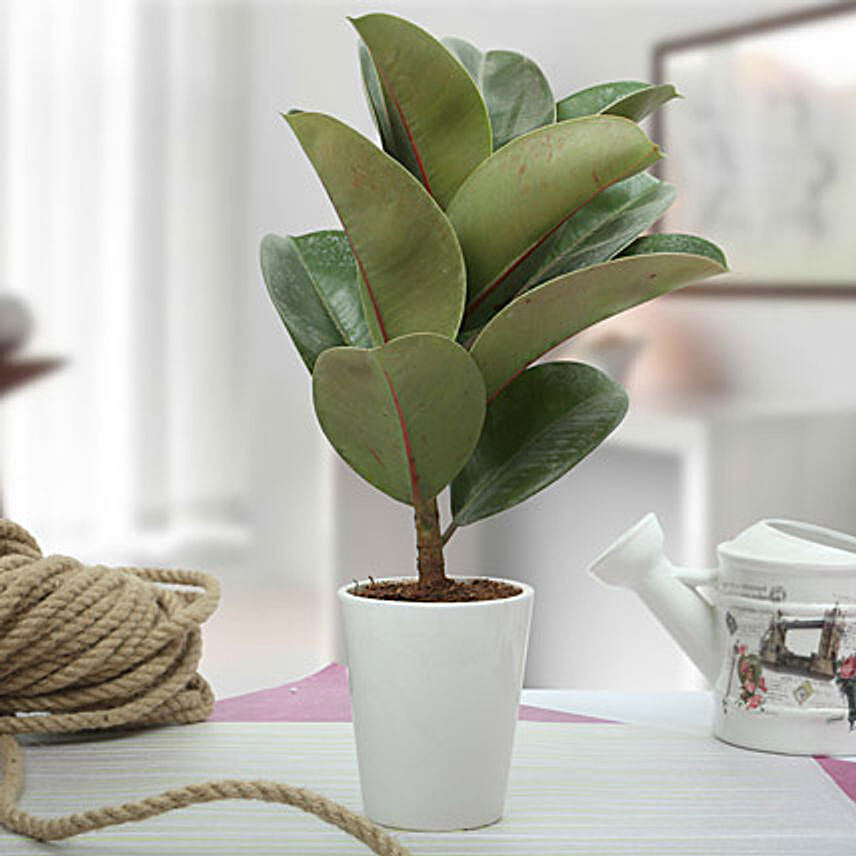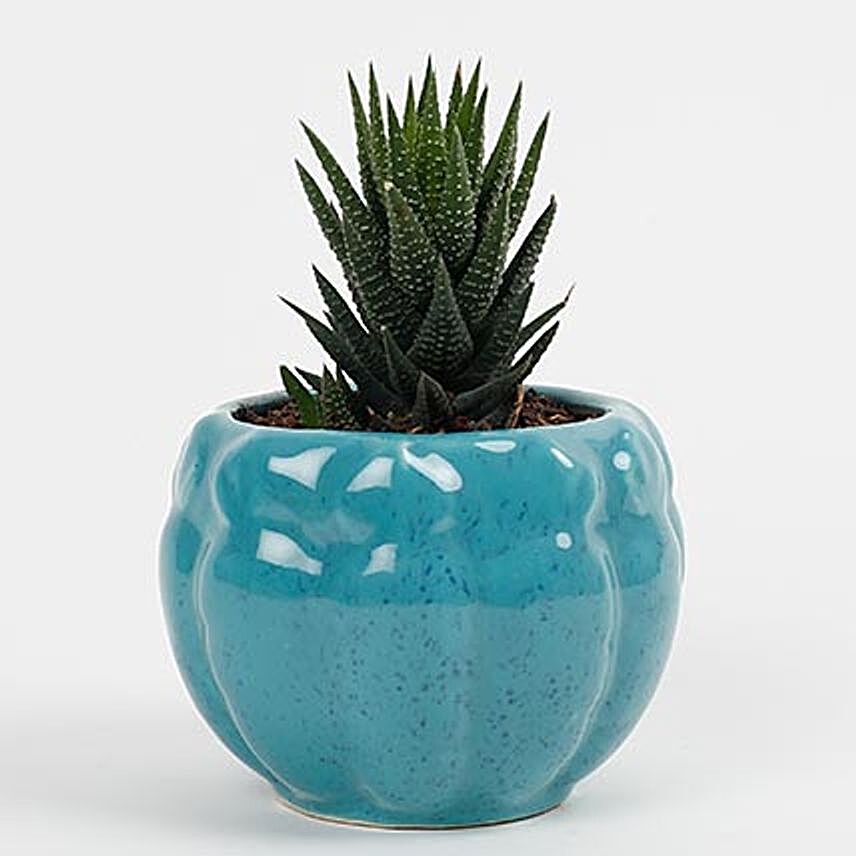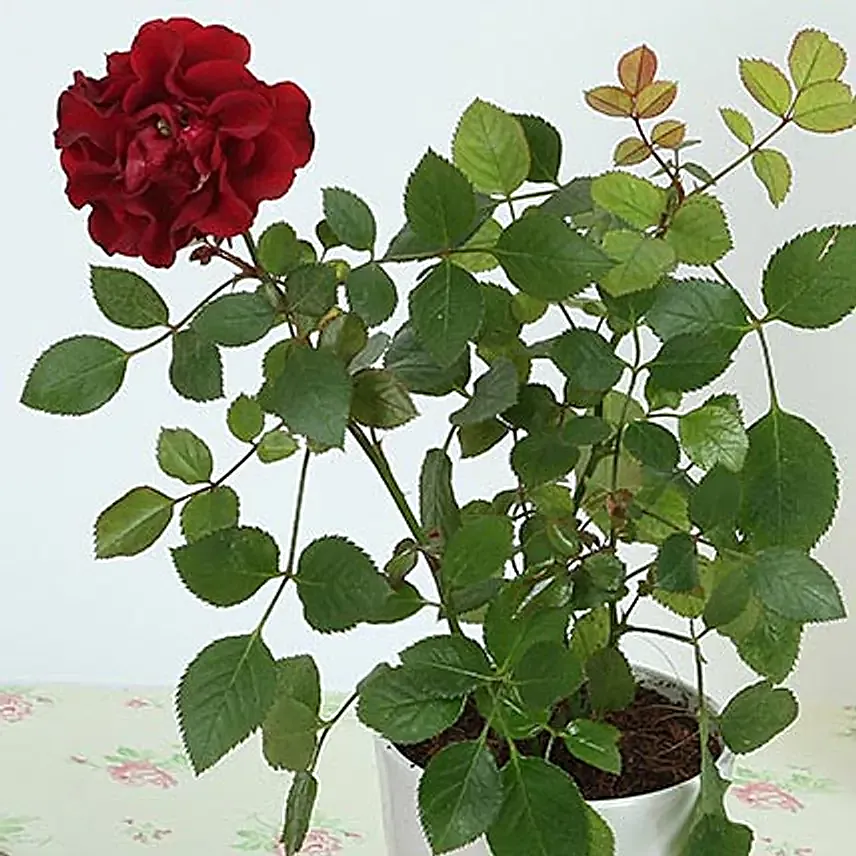5 Easy to Grow Indian Herbs
- Herbs are the leafy greens or flowering parts of a plant that are produced from the other parts of the plant, which are usually dried.
- People often use the term herbs and spices interchangeably. But in fact, they are two different types of seasonings made from different parts of plants and used in different ways.
- They are used for garnishing food, flavoring, medicine purpose, or fragrances due to their savory or aromatic properties.
- Herbs are also used in many religions for several spiritual purposes, such as spiritual cleansing, blessing, smudging, exercises for the last rites of deceased people, and so on.
- Herbs can be used to cleanse the bowels, improves digestion, repair damaged skin, heal wounds, and relieve aching muscles. They are used for the treatment of a wide range of health issues.
Check out the video to know more about how to grow herbs in your kitchen garden-
Know About the 5 Best Herbs to Grow In Indian Climate
Carom (Ajwain):
Carom, also known as ajwain or ajowan is an annual herb in the family Apiaceae. The leaves and seed-like fruit of ajwain are consumed by humans that have a bitter and pungent taste.
| Origin | It originated in the Asia minor or Persia regions from where it spread to India. |
|---|---|
| Scientific Name | Trachyspermum ammi |
| Water Requirement | Watering frequency should be maintained so that the soil never loses moisture. In summer, it requires a high amount of water as compared to winter. Overwatering is not good as these plants cannot survive in waterlogged soil. |
| Sunlight | They grow well in complete sunlight, but a partial sun and shade are preferred more. |
| Soil | These plants grow well in acidic as well as neutral soil, which has a good draining capability. |
| Fertilizer | The soil needs to be mixed with a good amount of manure. |
| Benefits | It improves digestive health, cure a common cold, and provide relief from Arthritis pain. |
Coriander (Dhaniya):
Also known as cilantro or Chinese parsley, Coriander is a fast-growing, aromatic, annual herb in the family Apiaceae. It grows best in the cool weather of spring and fall. The fresh leaves and dried seeds of Coriander are used in cooking.
| Origin | Native to regions spanning from Southern Europe & Northern Africa to Southwestern Asia. |
|---|---|
| Scientific Name | Coriandrum sativum |
| Water Requirement | Regular watering is suggested, but make sure the plant is not soaked in water all the time. Only water when the soil is dry. |
| Sunlight | Cilantro needs full sunlight or light shade to grow well. |
| Soil | These plants grow best in well-drained, moist soil. |
| Fertilizer | Fertilize only once or twice during the growing season with nitrogen-based fertilizer. |
| Benefits | Help the body to get rid of toxic metals, such as arsenic cadmium, aluminum, and lead. It helps lower anxiety, improves sleep, and protects against cardiovascular disease. |
Mustard (Sarson):
The mustard plant is a plant species in the family Brassicaceae, which is grown as a vegetable and eaten like other green veggies. The seeds of mustard are used in all cuisines due to its varied taste and style.
| Origin | Brown mustard originated from the foothills of the Himalayas. |
|---|---|
| Scientific Name | Brassica nigra |
| Water Requirement | These plants require regular watering. Do not allow the soil to dry out. |
| Sunlight | They require plenty of sun or partial shade to grow well. |
| Soil | Moist soil conditions are adequate for optimal growth of these plants. |
| Fertilizer | Nitrogen is essential for growth of healthy and dark, green leaves. Fertilize these plants with a balanced fertilizer using nitrogen and dried manure. |
| Benefits | Mustard greens contain antioxidants that protect the body from free radical damage. A great source of fiber, it helps regulate the digestive system and lower high cholesterol levels. |
Basil (Tulsi):
Basil, also called great basil is a warm-weather, fragrant culinary herb of the family Lamiaceae, which is used in several cuisines. It has a strong, pungent, sweet smell, which is well-known for its use in Italian cuisine.
| Origin | Native to tropical regions from central Africa to Southeast Asia. |
|---|---|
| Scientific Name | Ocimum basilicum |
| Water Requirement | Water these plants when the soil is dry to the touch. The water should be at its base and not all over its leaves. |
| Sunlight | Basil grows well in warm environments that receive about 6 hours of sun every day. |
| Soil | These plants grow best in well-drained, moist soil with a neutral pH. |
| Fertilizer | Fertilize basil with a balanced fertilizer once per week after plants grow at least 2-3 pairs of leaves. |
| Benefits | Basil is an anti-inflammatory herb. It contains natural antibacterial properties and may help fight cancer as well. |
Mint (Pudina):
Mint is a genus of plants in the family Lamiaceae, which is estimated to have 13 to 18 species. It is a popular aromatic herb that can be used fresh or dried in many cuisines.
| Origin | Native to Eurasia, North America, southern Africa, and Australia, mints are extensively distributed throughout the moderate areas of the world. |
|---|---|
| Scientific Name | Mentha |
| Water Requirement | Water these plants regularly to keep the soil evenly moist. Mints need a lot of water. |
| Sunlight | Mints can be exposed to lots of sunlight, however, some shadow will work as well. |
| Soil | These plants thrive well in light soil with great drainage. |
| Fertilizer | A balanced all-purpose liquid fertilizer gives mint a healthy boost. But avoid getting fertilizer on the foliage. |
| Benefits | Mint plants contain an anti-inflammatory agent and antioxidant called rosmarinic acid that offers relief from seasonal allergy symptoms. It aids in digestion, treats Asthma, and prevents respiratory disorders. |





